The Conversation
Apartheid ‘town planning’ created Orlando 90 years ago. It became a hotbed of black resistance
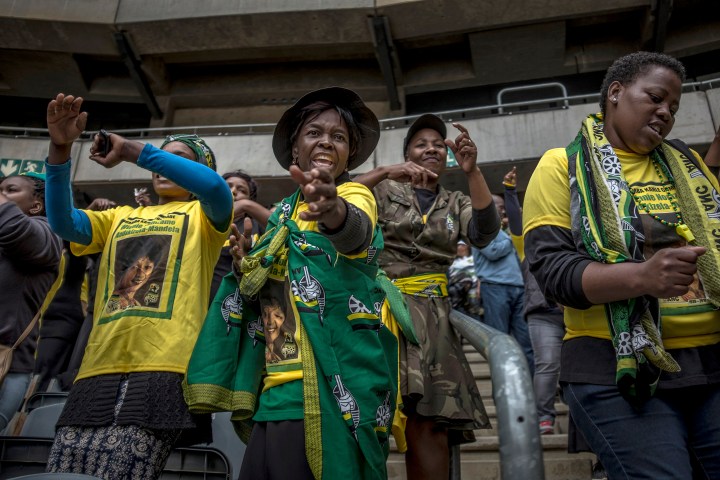
Soon after it was established in 1932 Orlando became a mecca of black urban culture and liberation politics.
Orlando East, a working class community on the periphery of Johannesburg in South Africa, has turned 90 years old. Orlando was one of the first municipal locations – called townships under apartheid – established in 1932 for Africans under the 1923 Native Urban Areas Act. It was renamed Orlando East when Orlando West was established in the 1940s.
Several new townships were created, especially in the 1950s, in the same region. They were eventually amalgamated into Soweto, the country’s largest township. Soweto was the primary dormitory township for African people working in Johannesburg, which since its establishment as a mining town in 1886 has developed into the country’s economic hub. Soweto is renowned as the site of the 1976 student uprising that shook apartheid – the country’s system of white minority rule – to its core. As one of the oldest parts of Soweto, Orlando has a longer history.
Soon after its establishment, Orlando became a mecca of black urban culture and liberation politics. Its history reveals a rich tapestry of experiences that the state attempted to suppress. Much of this history has been marginalised in the democratic era’s emphasis on the history of the main liberation movements – the Pan Africanist Congress (PAC) and the African National Congress (ANC).
As a historian, I have published books on a number of black townships. Orlando is particularly significant because it has always been an important centre of black protest politics. But, as a recent exhibition to mark the anniversary revealed, Orlando also has a diverse and rich cultural and intellectual history.
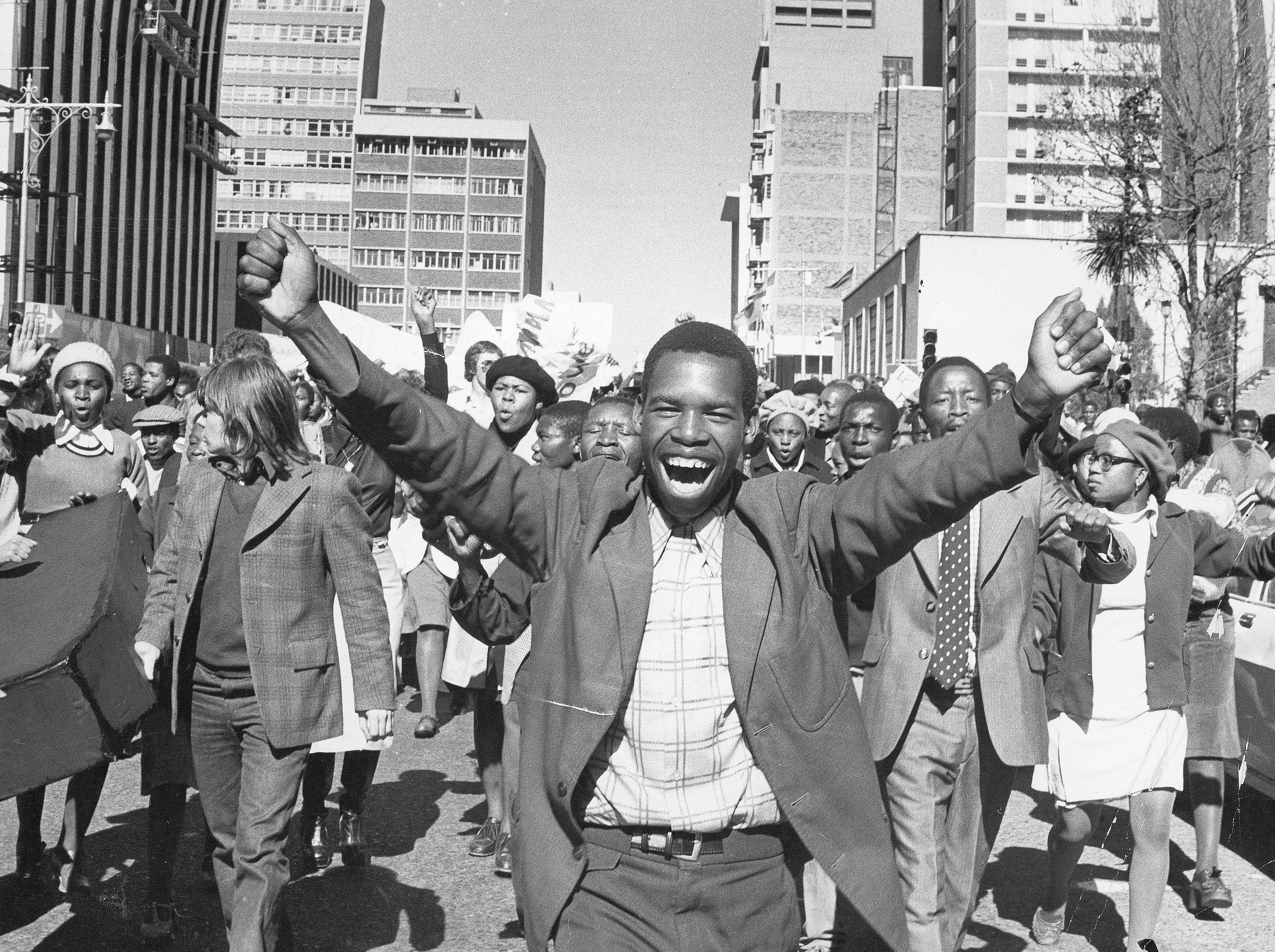
Protesters during the June 1967 uprising in South Africa. Image: Gallo Images / Rapport archives
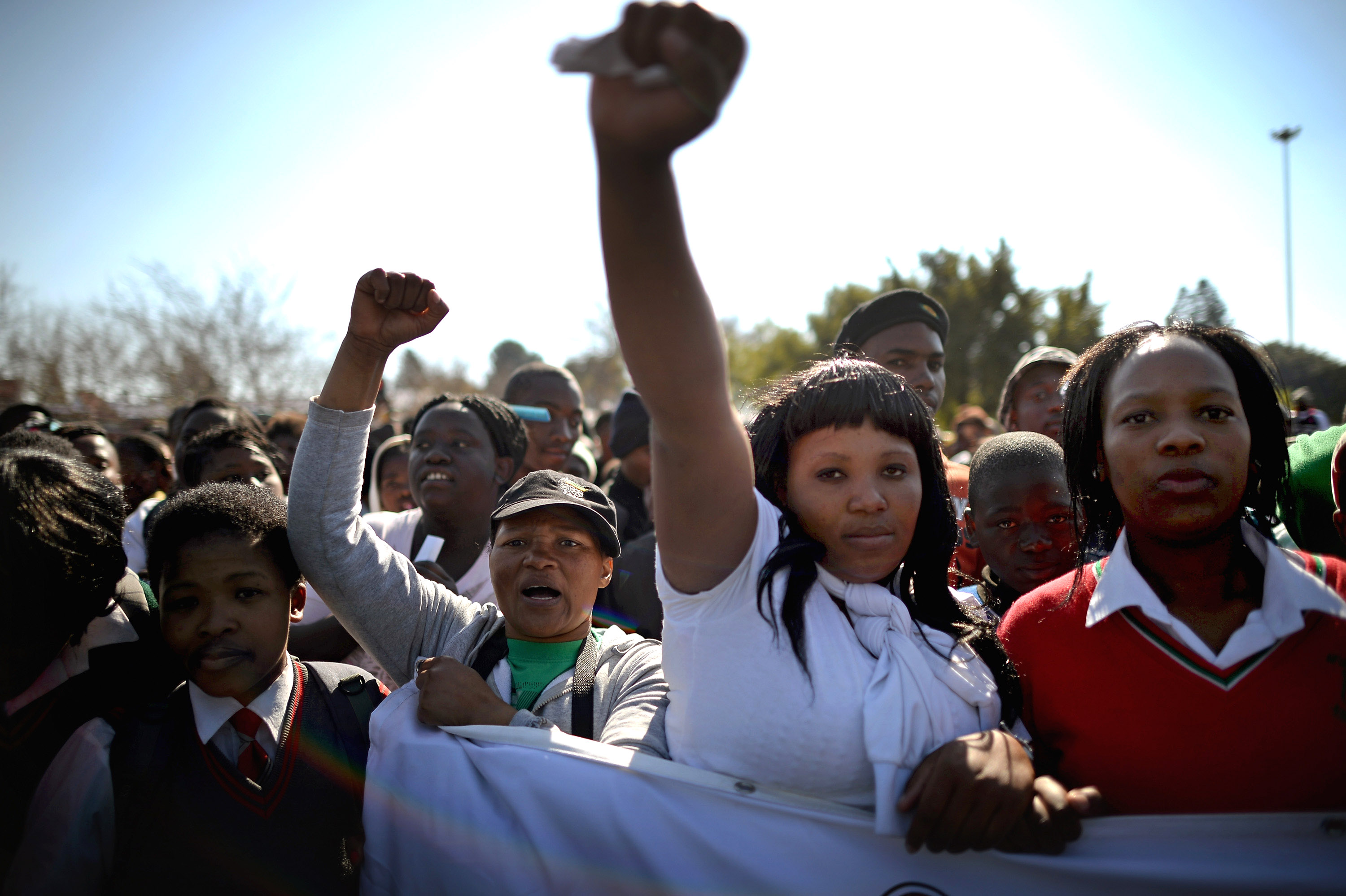
Young people participate in a march to commemorate Youth Day in Soweto Township on June 16, 2013 in Johannesburg, South Africa. Image: Jeff J Mitchell / Getty Images
The early history
African people were first settled in Klipspruit, a small residential settlement, in 1904. This followed the destruction of the inner city area of Johannesburg, the “Coolie Location”, after the outbreak of pneumonic plague which the white authorities erroneously blamed on poor black residents.
After the first world war, Johannesburg’s black population grew steadily. In the absence of adequate housing provision, overcrowded poor settlements emerged. Determined to maintain the city as a space of white power and privilege, the Johannesburg Council proceeded to systematically remove black people from areas it defined as “slums” to the city’s periphery.
Orlando was one of several municipal locations established across the country in the 1930s and 1940s as a cornerstone of the government’s urban segregation project. The authorities celebrated Orlando as a “model location” that would have tree-lined streets, business opportunities, schools and recreational facilities.
Reflecting the views of the conservative elite, one writer in Bantu World, a prominent black weekly newspaper, imagined the new township as a “paradise (that) will enhance the status of the Bantu within the ambit of progress and civilisation.”
But the experiences of residents differed markedly from these rose-tinted views. Nelson Botile, whose family occupied one of the matchbox houses that typified housing for black people, recalled that:
“the walls were not plastered, they were rough and the floor was just grass … The houses had no taps, we had the bucket system.”
In the absence of a sewage system, households used buckets as latrines.
Many people initially refused to move to Orlando, preferring to live in freehold locations such as Alexandra, a black township on the other side of the Johannesburg. However, as urbanisation accelerated from the mid-1930s, Orlando became a favoured destination for African people determined to settle permanently in the city.
Cultural hub
By the early 1940s Orlando had emerged as a hub of black urban life. This was evident in the proliferation of social, cultural and political activities.
Soon after residents moved in, soccer emerged as one of the most popular leisure activities. Orlando Pirates (formerly Orlando Boys Club) was established in 1937 and has remained an integral part of the township’s identity.
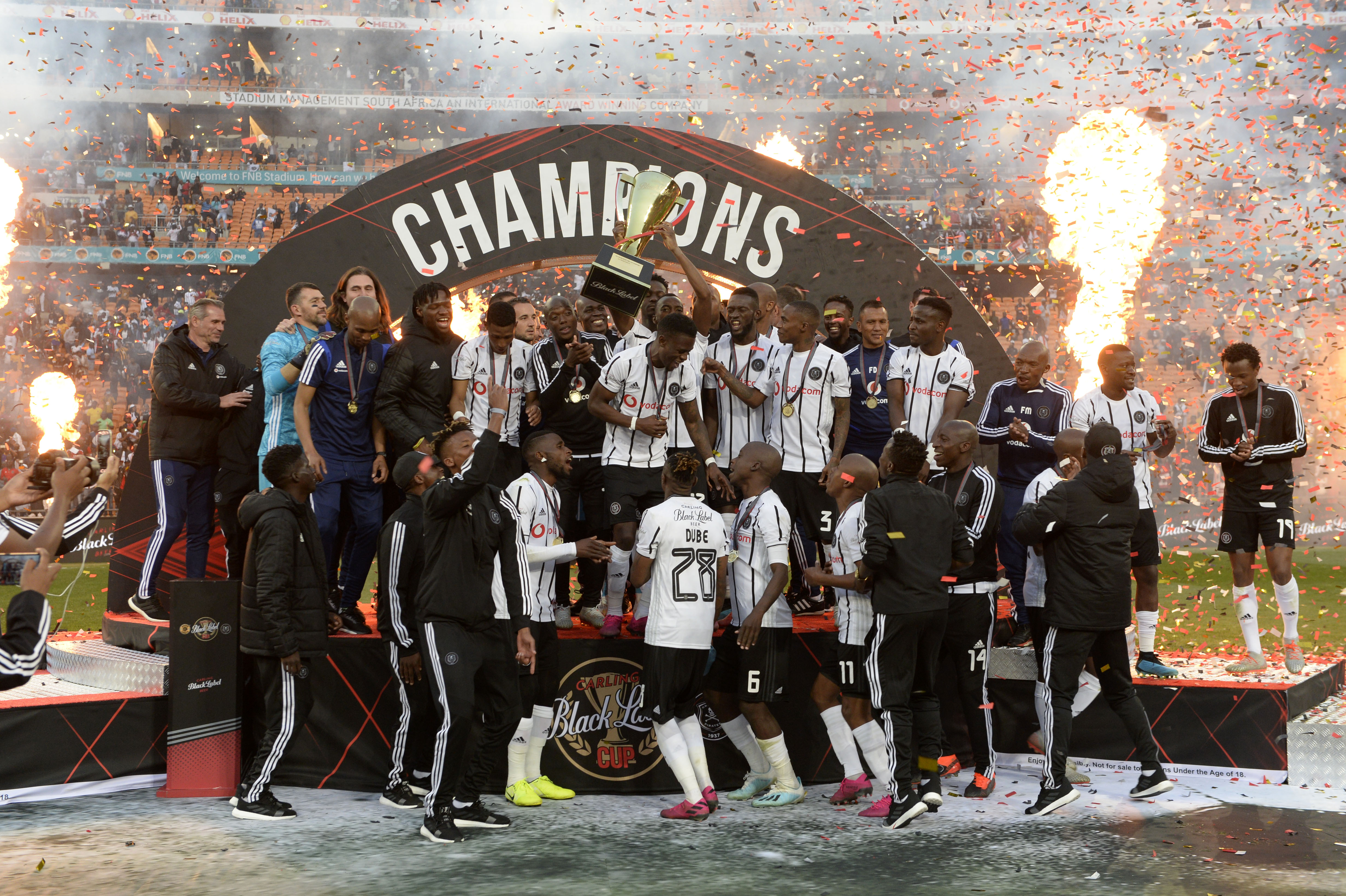
Pirates celebrate following the Carling Black Label Cup match between Orlando Pirates and Kaizer Chiefs at FNB Stadium on July 27, 2019 in Johannesburg, South Africa. Image: Lee Warren / Gallo Images / Getty Images
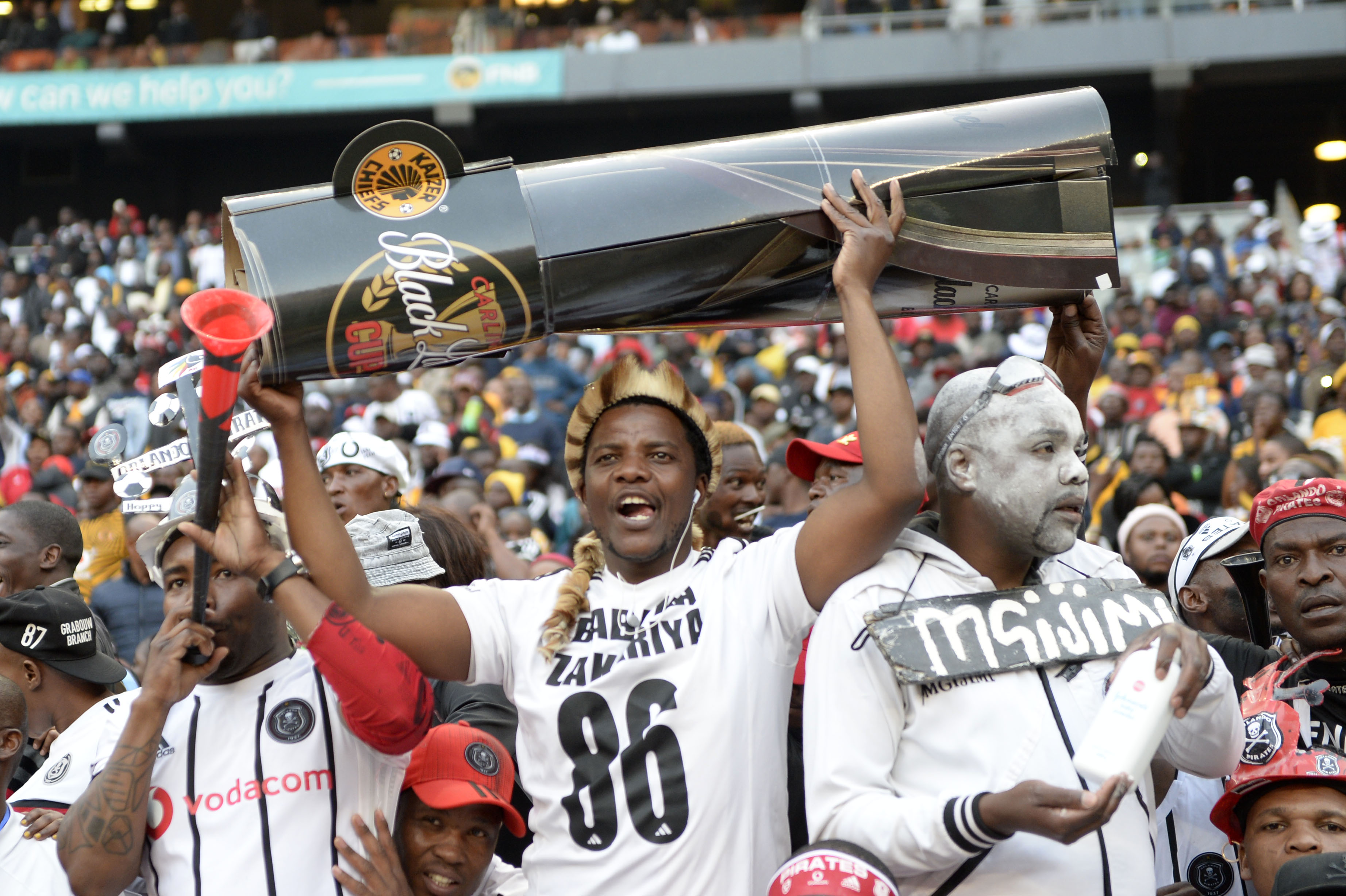
Fans during the Carling Black Label Cup match between Orlando Pirates and Kaizer Chiefs at FNB Stadium on July 27, 2019 in Johannesburg, South Africa. Image: Lee Warren / Gallo Images / Getty Images
In 1939 Orlando High School was formed and quickly developed a reputation for educational excellence. Among its early teachers were luminaries of the country’s cultural and political world, such as Es’kia Mphahlele, a prominent literary scholar, and Zeph Mothopeng, a leader of the PAC. They worked with other well-known educationists Isaac Matlhare, Peter Raboroko and Phyllis Maseko. Renowned maths teacher T.W. Kambule was an influential principal for nearly two decades from 1959.
Mphahlele and fellow teachers Grant Kgomo and Khabi Mngoma formed the Orlando Study Circle, which published The Voice of Orlando. An independent newspaper of black intellectuals, it reported on local events and offered strident critiques of apartheid. As a result, the government dismissed the founders from their teaching posts in the early 1950s.
Radical African politics
In the early 1940s Orlando was home to the first major squatter movement. James Mpanza emerged as its inspirational leader. In 1944, his Sofasonke Movement led a campaign under the slogan “Housing and shelter for all”. He led thousands of sub-tenants to occupy land, which prompted the authorities to provide emergency accommodation.
A similar movement in 1946 inspired land occupations across the Witwatersrand, the region stretching east and west from Johannesburg that developed from gold mining. This ultimately forced the state to embark on large housing projects that resulted in the development of Soweto, among others.
Orlando was a key site of radical African politics, led by a new generation of activist intellectuals. In the late 1940s the local branch of the African National Congress Youth League featured strongly in the struggle against the conservative leadership of the ANC, founded in 1912. From the mid-1950s Orlando was home to a more militant group of Africanists – such as Mothopeng, Raboroko and Potlako Leballo – who became part of the PAC, which emerged from a split in the ANC.
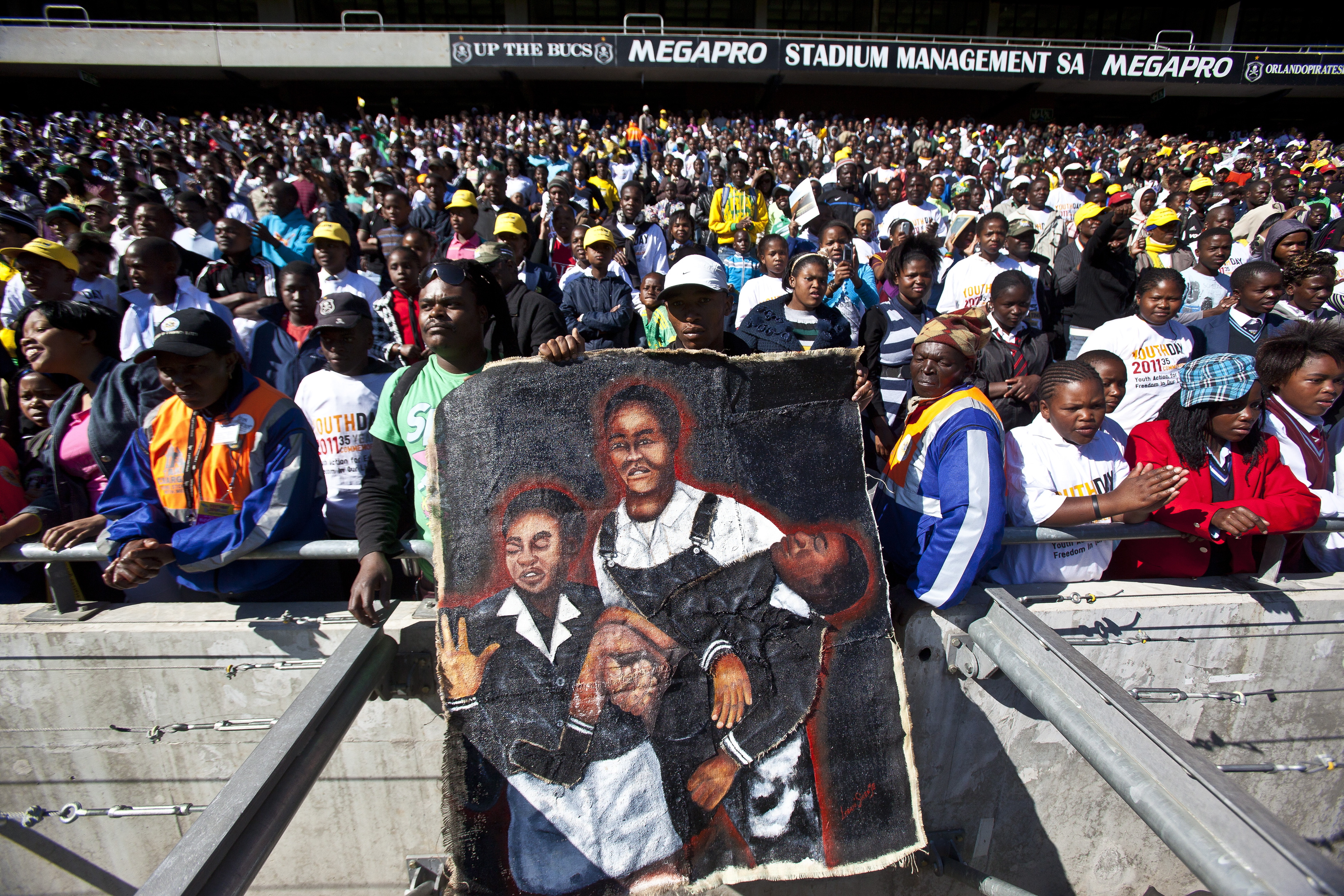
Crowds gathered at the Orlando Stadium for the Youth Day celebrations on June 16, 2011 in Soweto, Johannesburg, South Africa. Image: Gallo Images / The Times / Halden Krog
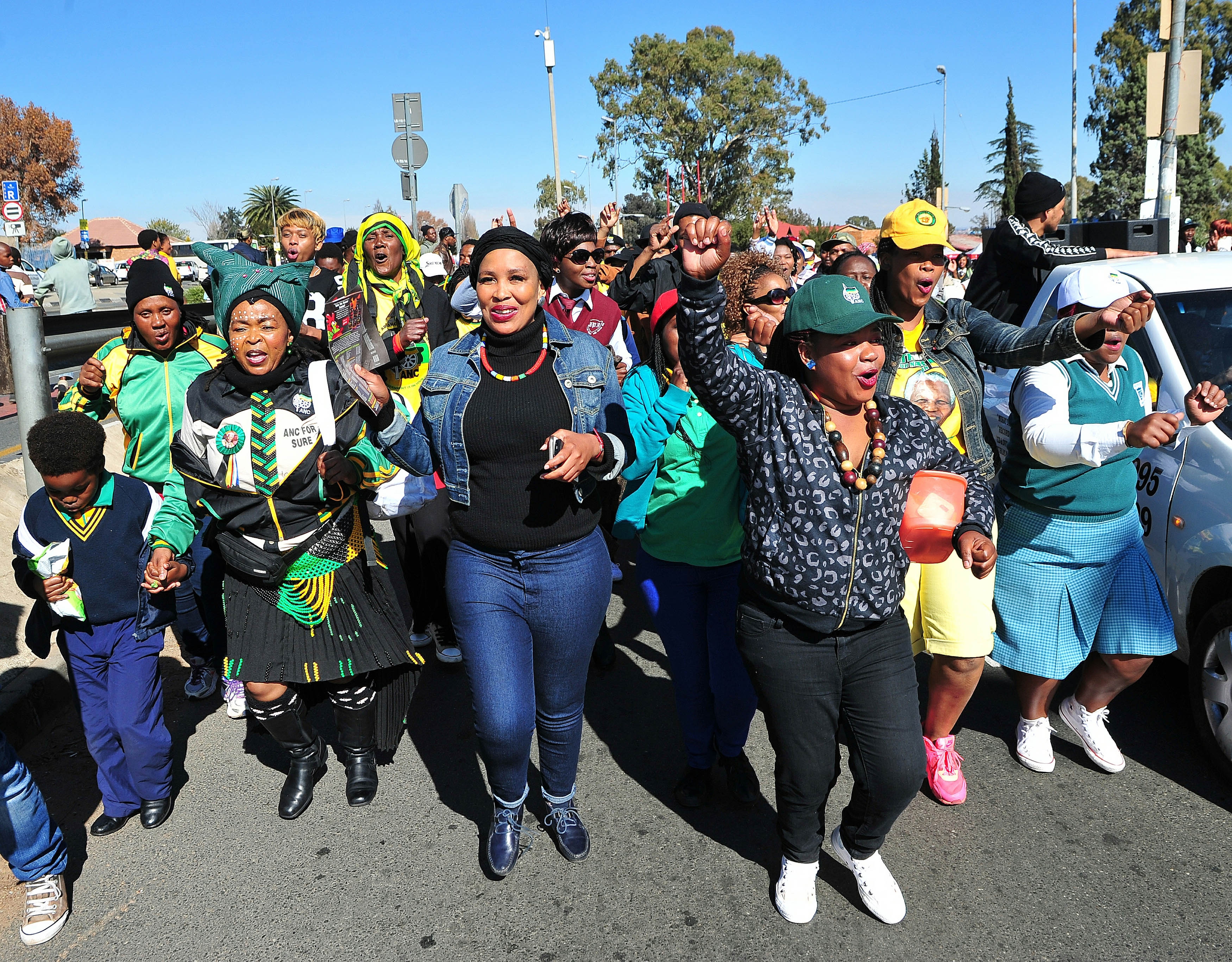
People march to the national commemoration of the 40th anniversary for the June 16, 1976 uprising at Orlando Stadium on June 16, 2016 in Johannesburg, South Africa. Image: Gallo Images / Sowetan / Veli Nhlapho
This tradition of youthful radicalism continued into the 1970s. On 13 June 1976, student leaders met at the Donaldson Community Centre in Orlando to plan the historic march against the government’s decision to impose Afrikaans as a medium of instruction in black schools. The students’ protest march of June 16 changed the course of the country’s history.
History as inspiration
Orlando, like black townships across the country, continues to be marginalised and suffers from high levels of unemployment, poverty and underdevelopment.
Increasingly, residents recognise the importance of having to shape their own futures. Drawing on their rich history, especially of having produced emancipatory ideas and organisations, will constitute a vital part of a new transformation project. DM/ML
This story was first published in The Conversation.
Noor Nieftagodien is the Head of the History Workshop at the University of the Witwatersrand.



















 Become an Insider
Become an Insider
Comments - Please login in order to comment.